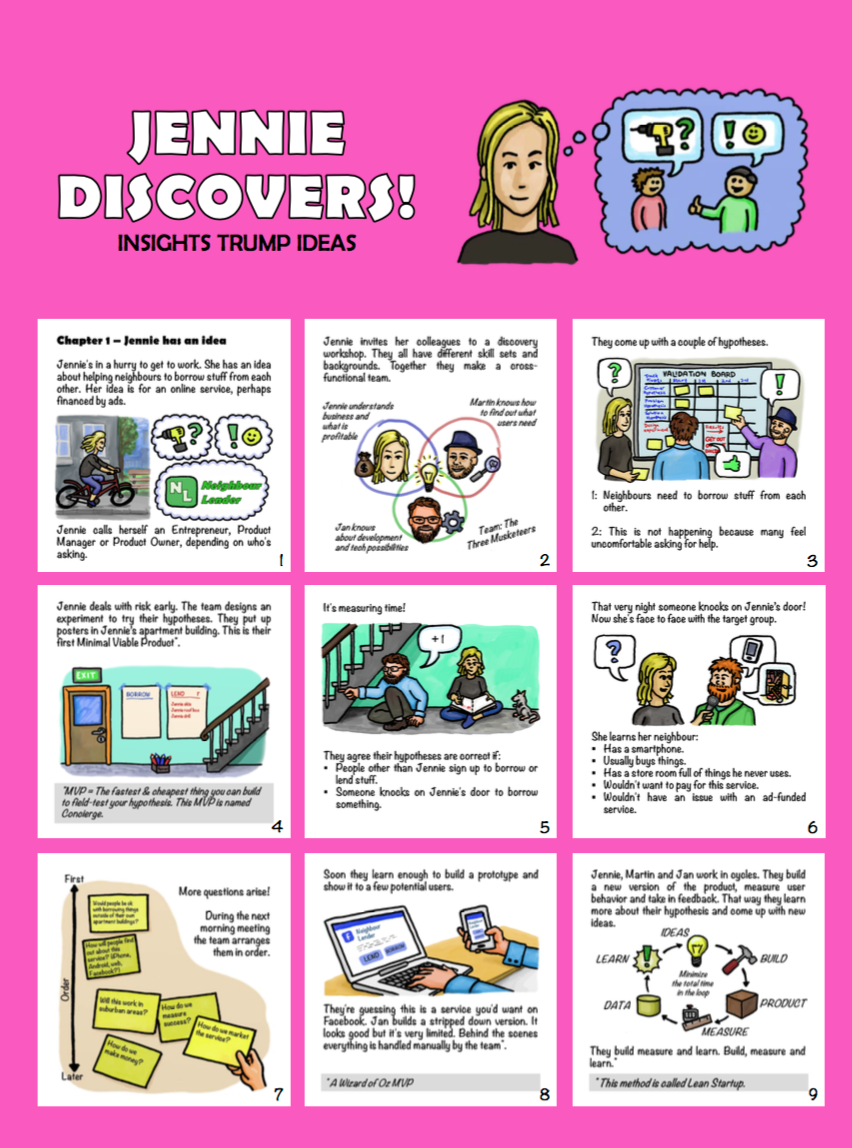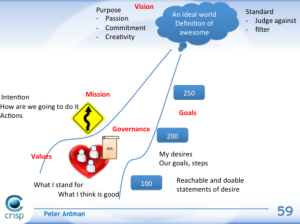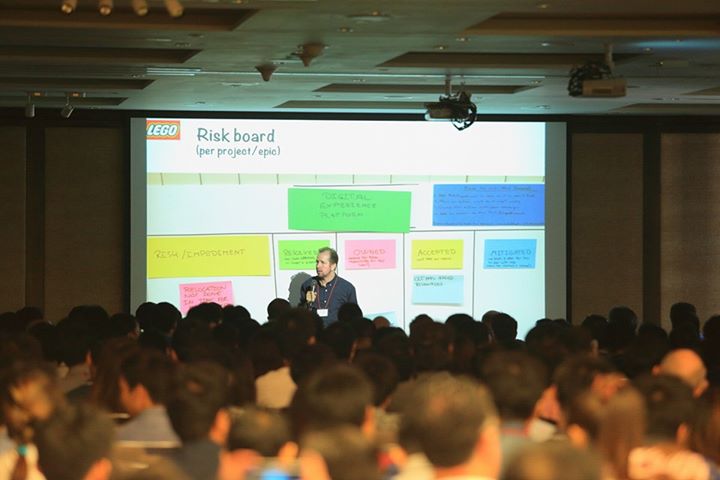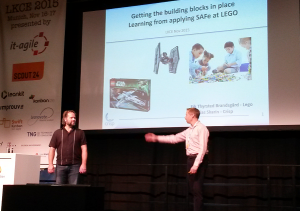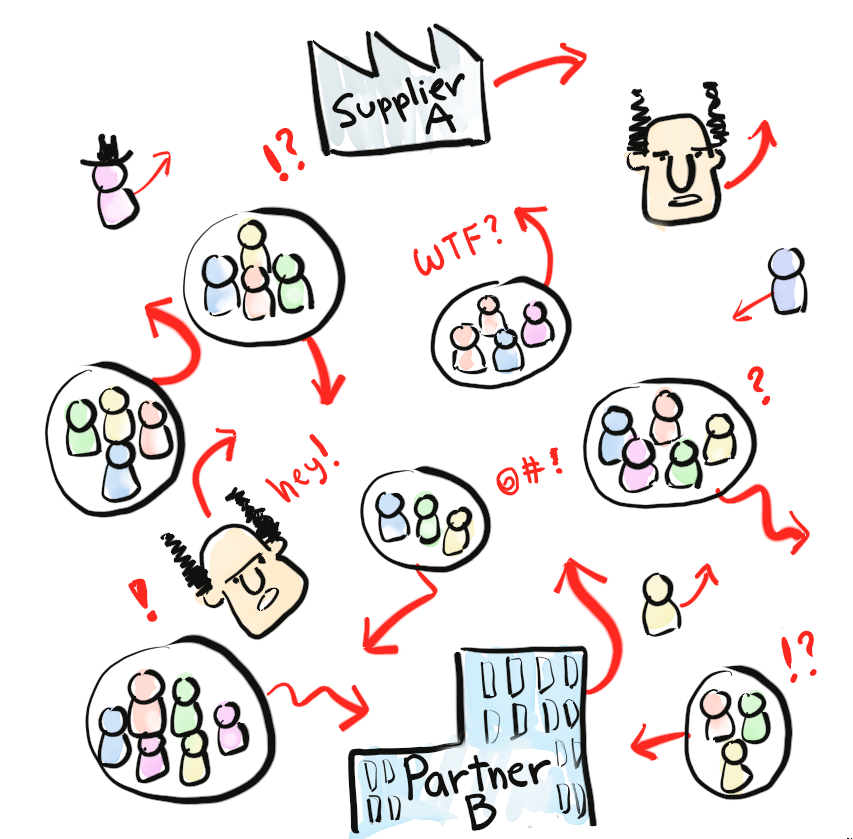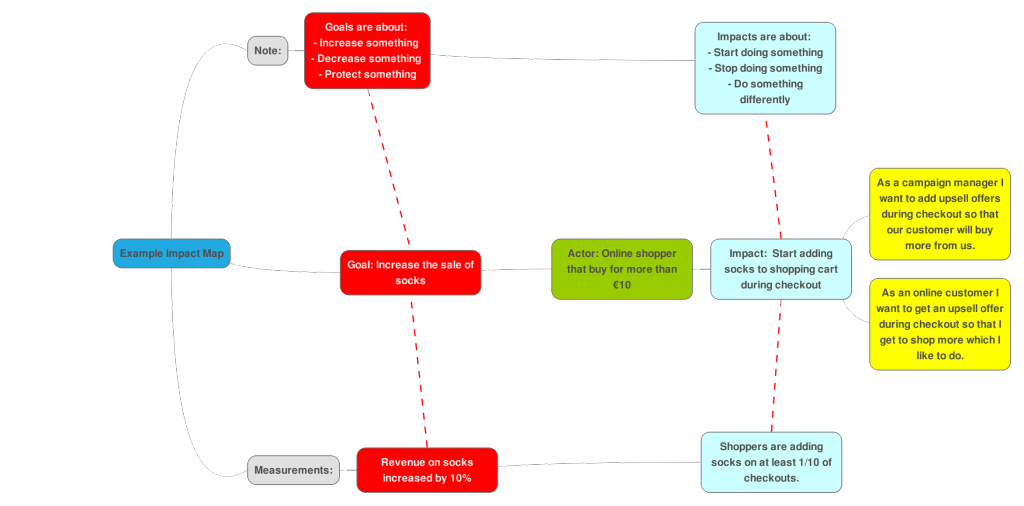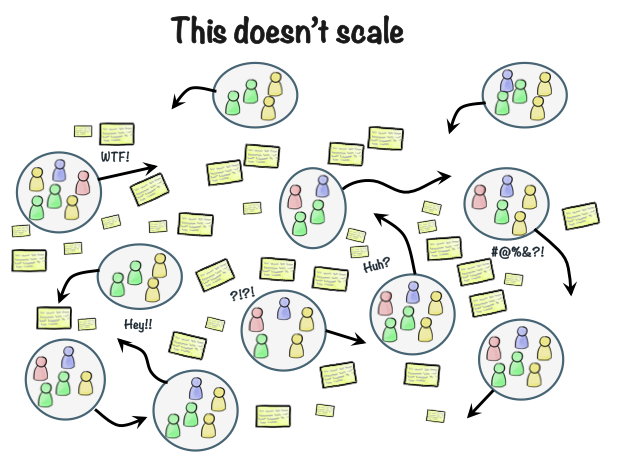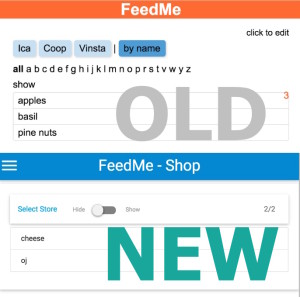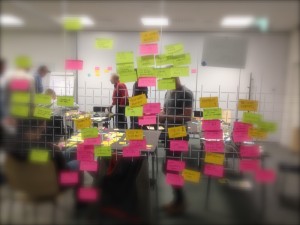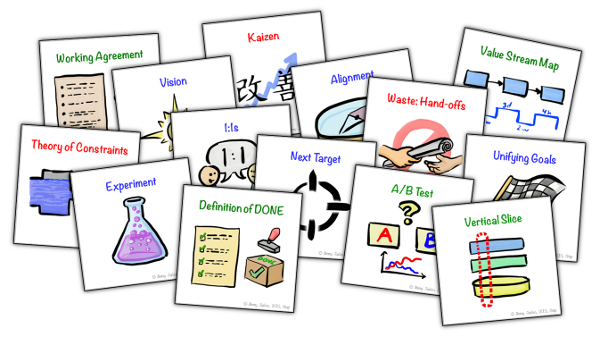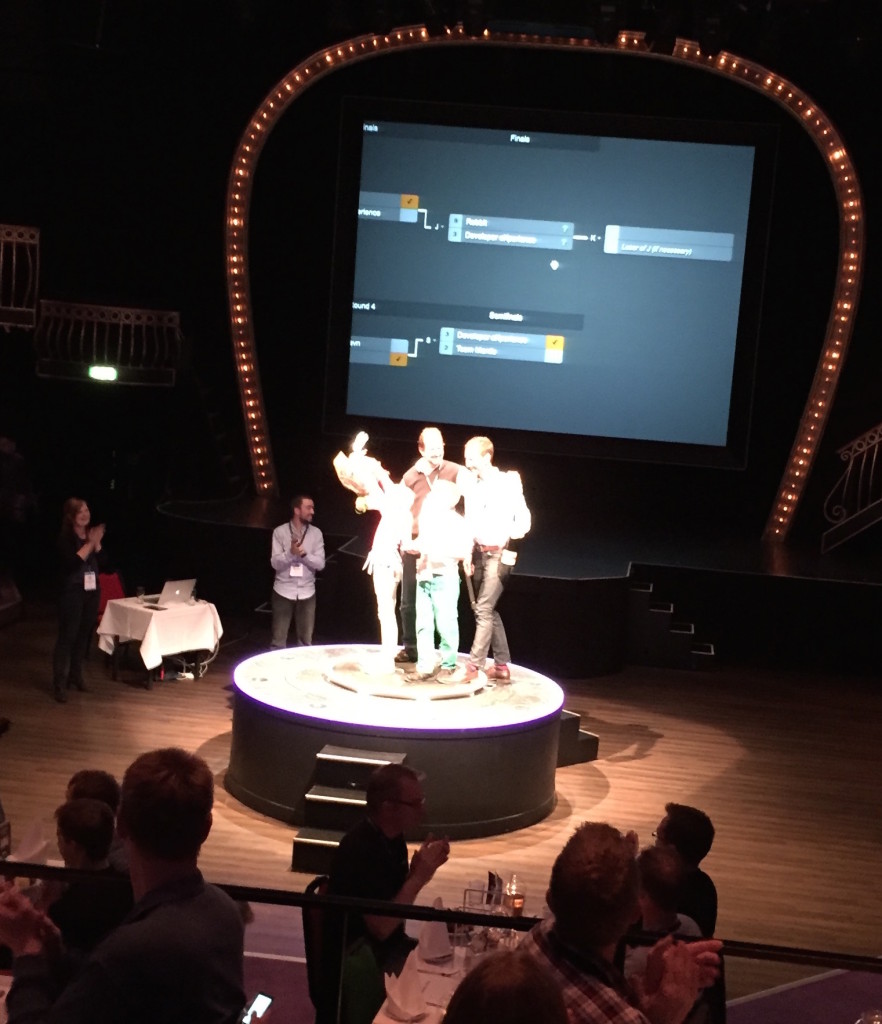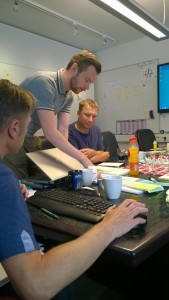
Elephants are not giraffes and user stories are not requirements. They share some traits and you may find them in the same context, but that does not make them the same. Despite that, many believe that user stories are the new requirements because there has to be requirements for a project, right? I give that a double “no”, they are not requirements and that is not anything we really need. User stories are about being able to explore options and seize opportunities. Requirements are about deciding up front and sticking with that.
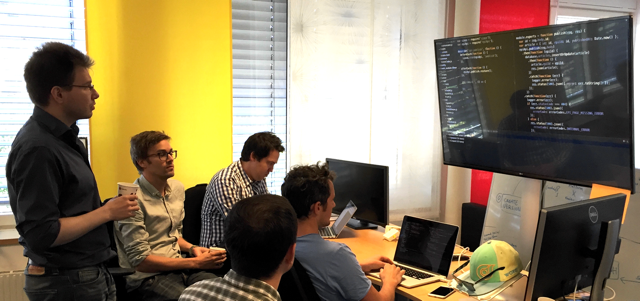
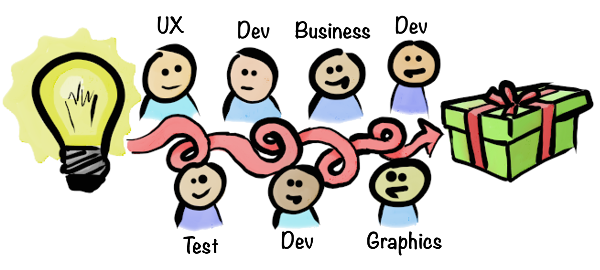


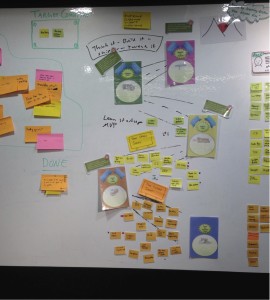
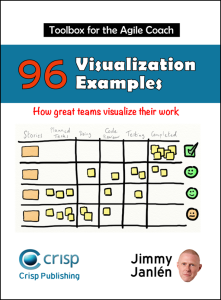
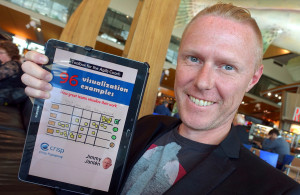 I planned to release the book in physical and digital form at the same time… but getting it printed have sadly taken forever, and I still don’t know when it will be available on Amazon.
I planned to release the book in physical and digital form at the same time… but getting it printed have sadly taken forever, and I still don’t know when it will be available on Amazon.
